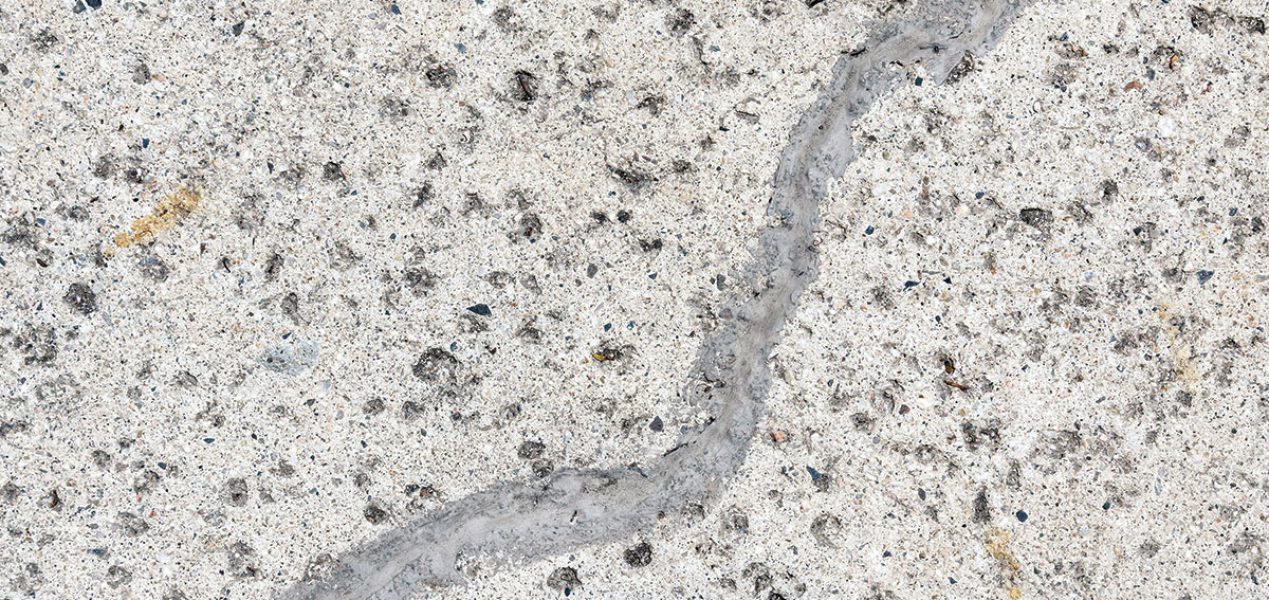Cross-linked polymers, in the form of epoxy resins, are widely used in applications such as paint, materials made of fibreglass or carbon fibre, and coatings to prevent corrosion or to improve adherence. These materials are typically exposed to harsh environments or inclement weather. Over time, they tend to deteriorate, and small cracks may emerge that can end up seriously damaging the main structure.
People have been researching a solution to this problem since 2015, and just recently the market was presented with a flexible resin that is capable of self-healing after being cut with scissors by simply closing the separated sections and pressing them together for a few seconds.
Though it looks like magic, there’s a trick: it consists of dispersing liquid-containing microcapsules in the resin, as well as a catalyst to activate the reaction. When a small crack opens, the microcapsules in the area break and the liquid reacts with the catalyst, thus forming a substance that fills in and seals the crack.
The opportunities that this discovery offers are vast, with initial, less-demanding applications such as paints and coatings, which don’t represent the need to regenerate mechanical properties, to potential future applications that are far more demanding, for example the automotive and aeronautics sectors, for the regeneration of compound materials that make up the structures of planes or vehicles, or even self-healing properties applied to polymeric prosthetics and textile materials.
A project that we are also working on here at Grupo Barcelonesa is the development of a formula to create self-healing concrete. The concept is similar, and consists of inserting into the concrete microcapsules containing bacteria and calcium lactate such that, when a crack appears, the water that penetrates it reacts with the content, thus solidifying it and filling in the crack.
Though still in the early stages with a great deal yet to develop, the possibilities are numerous, especially if, such as in the case of bio-concrete, the microcapsules are dispersed in green resins, in which the epichlorohydrin is replaced with vegetable glycerin, which would offer the option of creating self-healing biomaterials.




